 |

Conflict
Management HRM624
VU
Lesson
11
SOURCES
AND CAUSES OF CONFLICT I
Quotation
"It is
essential to the sanity of mankind
that each should think the
other crazy..."
Emily
Dickinson
We
have met the enemy and it is
us. Walt Kelly, "Pogo
comic strip"
Main
objectives of this lecture
Following
are the main objectives of this
lecture
· How
the obvious cause of an interpersonal
conflict is seldom the only
cause or even the
most
important
one.
· Usually the
sources of conflict are
multiple and many of them
are hidden
· Need
to determine and understand
many sources of
conflict.
· 12
main sources of many
conflicts
Source
of conflict
The
`source' of an interpersonal conflict is the
underlying reason for the
emergence of conflict.
Understanding
and conceptually organizing the sources of
conflict can greatly help
improve the chances of
resolving the
conflict. Understanding human behavior
can help reveal the
motivations of individuals
involved
in the conflict. While interest analysis
illuminates the motivations of individual
conflict
participants, the
process of identifying the sources of
conflict illuminates the features of the
relationship
among
conflict participants that foster
conflict.
Main
Sources of Conflict
Following
are the main sources of
conflict.
1. Resources
2. Data-type or about
facts or laws
3. Preferences
and nuisances
4. Differing
attributions of causation
5. Communication
problems
6. Differences in
conflict orientation
7. Structural
or interpersonal power
8. Identity
9. Values
10.
Displaced
and misattributed
Multiple
sources of conflict
It is
vital to know that there
are usually multiple sources
of any given conflict.
Leaving
one or more sources of
conflict may aggravate
conflict. That is why you
have to think through
coolly
and sleep over it. It
will improve your understanding about the
conflict.
37
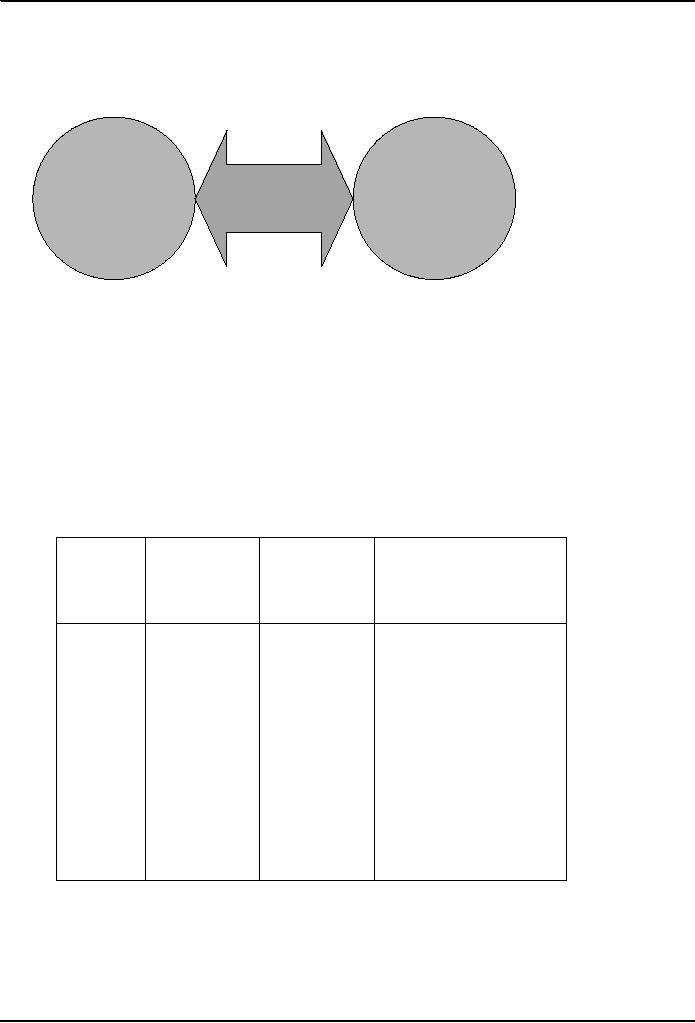
Conflict
Management HRM624
VU
Conflict between two
partners
Partner
2
Partner
1
The
conflict:
(supplied
the
(does
day-to-
Distribution
of
venture
day
work)
revenues
capital)
The
tip of the iceberg: a resource and
data-type conflict
(who's
entitled to how much revenue?)
Hidden
conflict: threats to
identity and self-concept
Discussing
major sources of conflict
Now
let us go through individual
sources of conflict, one by
one. It will develop your
understanding about
the
sources of conflict.
This
exercise will make you
learn how to identify
various sources of conflict in a
dispute.
Conflict
Explanation
Example
Useful
approach
type
Control
Disputant's
The
dispute
Many
conflicts that
over
degree
over
is
between
appear at
first glance to
resources
control
of
neighbours
be
resource conflicts
valued
items
over
property
can
be resolved by
or
struggle
boundaries
understanding
and
over
dealing
with deeper
ownership
of
sources
of conflict that
scarce
may
be operating.
commodities
(tactics
aimed at
expanding
the pie).
38
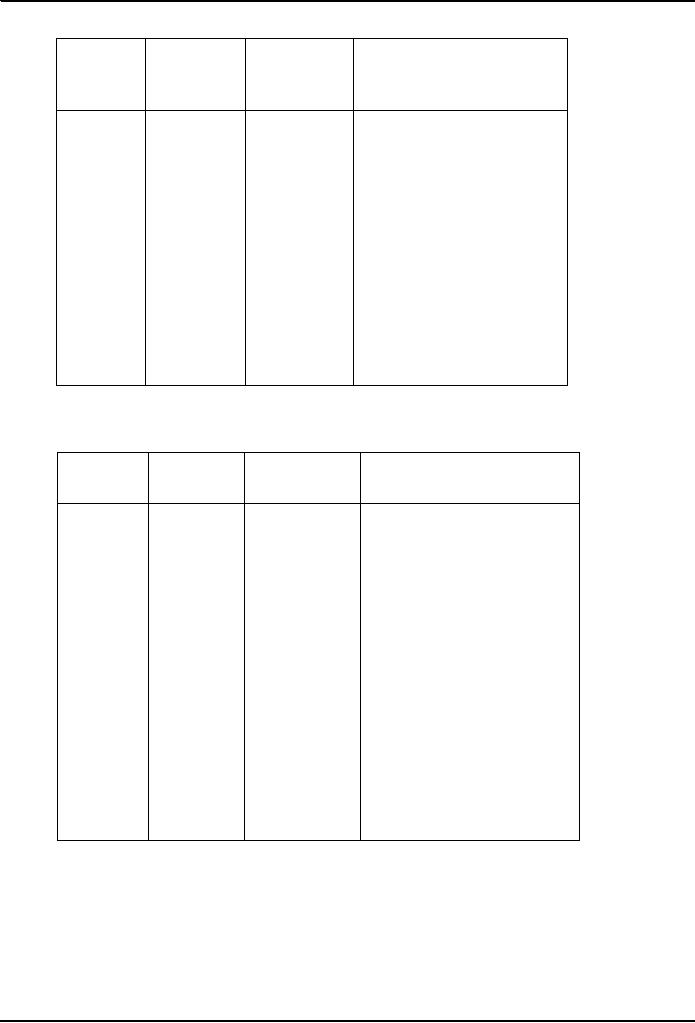
Conflict
Management HRM624
VU
Conflict
Explanation
Example
Useful
approach
type
Sometimes,
a focus on
Two
drivers
The
conflicts
Data-type
satisfying
the underlying
disagree
over
is
over
conflicts:
interests
of the disputants
who
drifted
reality,
either
conflicts
avoids
the need to resolve
the
into
whose
past
or
over
facts
factual
issue.
traffic
lane
present
If
not, these types of
conflicts
can
be resolved through
fact
finding,
non-binding
evaluation,
or adjudication.
Many
disputes over facts
mask
other,
deeper conflicts.
Conflict
Explanatio
Example
Useful
approach
type
n
Ironically,
litigation is probably
Data-type
The
The
the
least desirable way to
handle
conflicts:
disagreement
disagreement
is
most of
these kinds of
conflicts,
conflicts
is over
how
between
because
they typically arise
when
the
law
divorcing
over
law
the
law is vague.
impacts
the
spouses
over the
relationship
appropriate
Often,
the best tactic is for
the
between
the
appraisal
and
disputants to
educate themselves
allocation
of
disputants.
about
the law (to verify
the
property
rights.
degree
of uncertainty), then to
engage
in principle negotiation
aimed
at developing solutions
that
accommodate mutual
interests.
Litigation
should be used
primarily
when the legal
conflict
masks a
dispute over
social
structure
and interpersonal
power
imbalance.
39
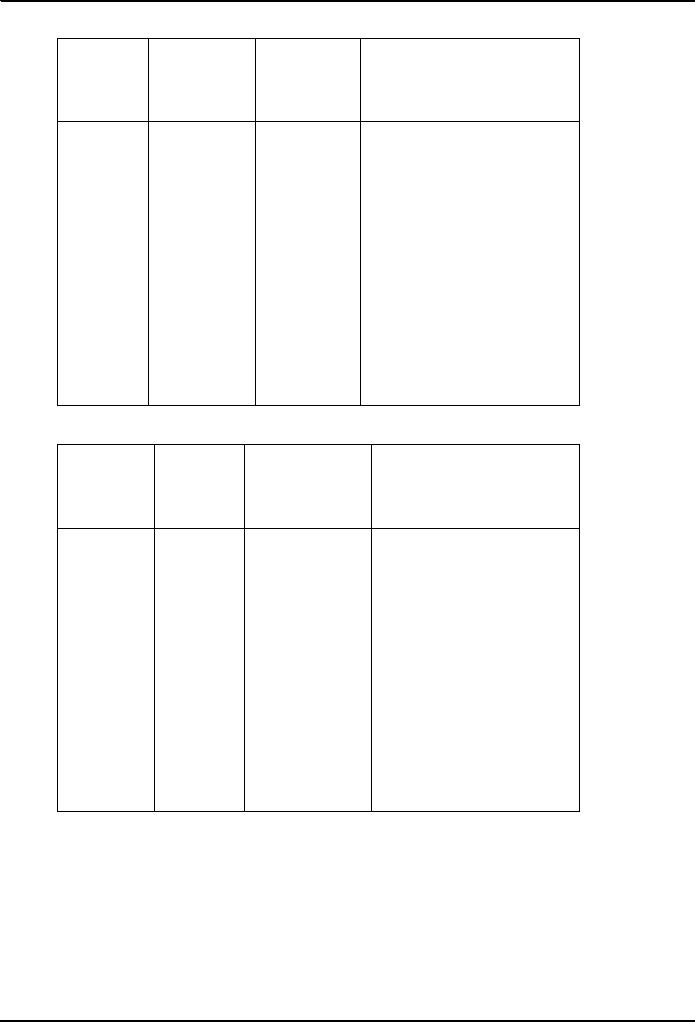
Conflict
Management HRM624
VU
Explanation
Example
Useful
approach
Conflict
type
Preferenc
One
Factory
These
types of disputes
es
and
disputant's
runoff
are
particularly amenable
nuisances
behaviour
pollutes
the
to
creative problem
disturbs
the
stream
of a
solving
that acknowledges
other.
landowner
and
seeks to preserve the
who
loves
underlying
interests of the
to
fish.
disputant
but rearranges
the
environment, modify
people's
schedules, and so
on.
Conflict
Explanat
Example
Useful
approach
type
ion
Communi
The
Frequently,
Approaches
include
cation
meanings
self-interested
becoming
familiar with
difficulties
of
tactics
on the
the
other disputant and
language
part
of one
his
or her cultural
and
disputant
are
practices;
using active
behaviour
misunderstood
listening;
hiring and
may
be
by
an
mediator,
an agent, a
misunder
opponent.
consultant
who shares
stood
the
cultural background
of
the other disputant,
or
a
translator.
40
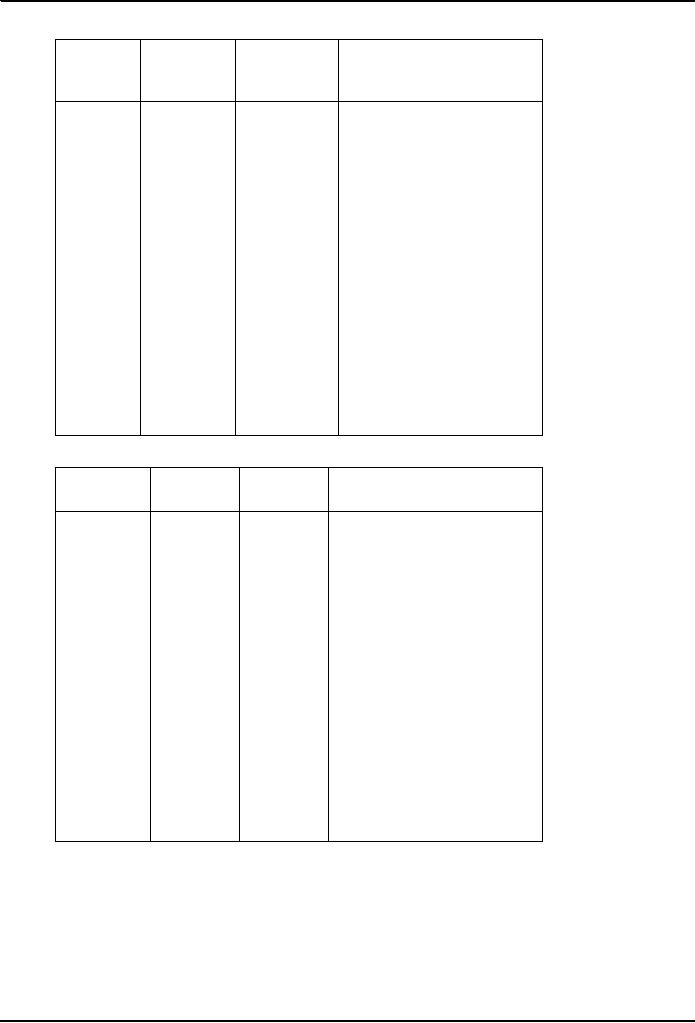
Conflict
Management HRM624
VU
Conflict
Explanation
Example
Useful
approach
type
It
helps resolve the conflict
if
One
disputant
Differences
There are
the
disputant recognize
the
sees
the
differences
in
in
conflict
style
differences to minimize
relationship
of
orientation
the basic
communication
difficulties that
the
parties as
approach
to
result
from differences in
mutually
relationship.
conflict
orientation.
cooperative.
The
cooperative disputant
can
The
other
refuse
to negotiate unless
the
disputant
is
parties
agree to use a set of
basically
objective
principles to guide the
competitive.
negotiation.
The
cooperator may need
to
signal
a willingness to fight
hard
if the other disputant
fails
to
act cooperatively.
Conflict
Explanation
Example
Useful
approach
Type
Sometimes,
values conflicts can
Ongoing
Conflicts
are
Values
be
resolved if the disputants
can
conflicts
in
over
agree
to disagree about the
Iraq
and
personal
underlying
values, as when a
Afghanistan
beliefs
and
disputant
agrees to go along
with
may
have
deeply
held
a
settlement without admitting
religious
values.
liability.
origins,
which
Values
conflicts are difficult to
include
resolve
peacefully if the
values
values
involved
are central to the
self-
conflicts.
concepts
or world views of the
disputants
or if coupled with
many
other sources of
conflict,
such
as disputes over
limited
resources.
41
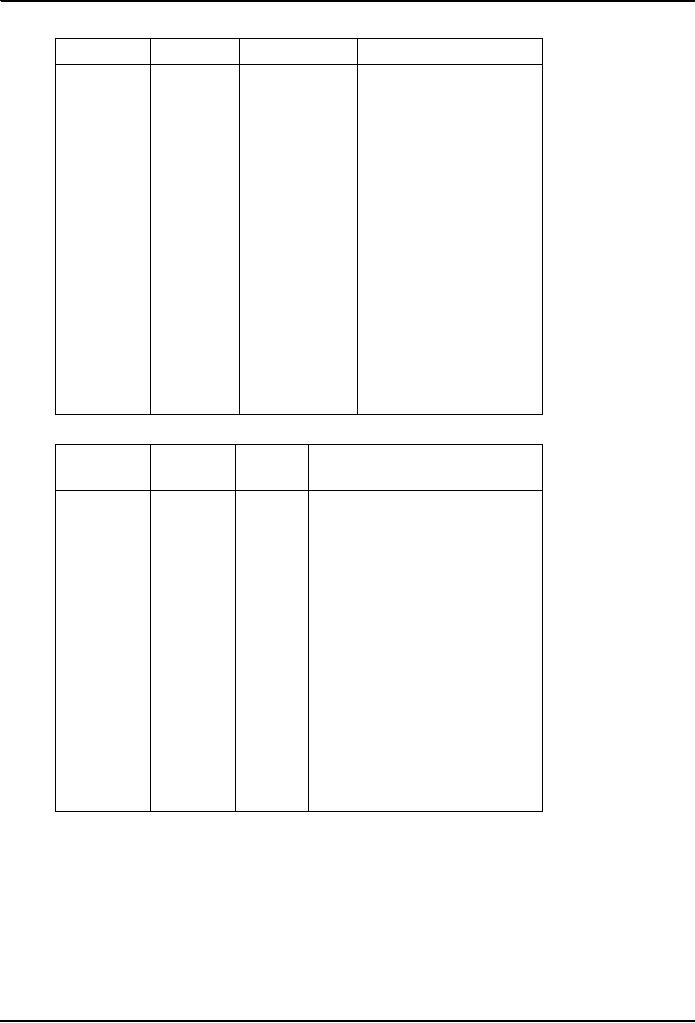
Conflict
Management HRM624
VU
Conflict
Type
Explanation
Example
Useful
approach
Threats
to self- What
In a
medical mal-
As
with values
conflicts,
concept
and
disputant's
practice
case, the
occasionally
these conflicts can
viewpoint
patient's
be
managed by having the
world
view
threatens
the
allegations
of
disputants
agree to disagree
other
negligence
threaten
while
implementing a solution
disputant's
the
physician's
that
threatens neither
central
ideas
self-concept as
a
disputant's
self-concept or
about
him- or
competent
world
view.
herself
or
professional.
about
how the
It
helps to use negotiation
An
employee's
tactics
that confirm and
protect
world
works.
allegation
of
the
dignity of each
participant.
racism
on the part
of a
supervisor
Sometimes,
these conflicts can
threatens
the
be
handled through the use
of
supervisor's
self-
negotiating
agents. Conflicts
concept
as racially
based
on the negative
stereotypes
held by one social
tolerant.
group
about another social
group
are very difficult to
resolve.
Conflict
Type
Explanation
Example
Useful
approach
Structural
and
A
disputant
School
The
more powerful disputant
is
inter-personal
perceives
an
integration
generally
unwilling to give up power
unjust
and
and
may honestly fail to see
that a power
power
issues
balance
of
affirmative
imbalance
exists.
power
and
action
If this
disputant is made aware of
this
struggles
to
disputes
imbalance,
sometimes he or she can
be
are
rectify
it.
convinced to
give up power to preserve
examples.
long-term
social structure, avoid
violence
struggle, or make his or
her
own
actions consistent with deeply
held
values
(as when discriminatory laws
are
pointed
out as being inconsistent
with
national
values of equality and
equal
rights).
Frequently,
however, appeal to a more
powerful
authority (e.g., litigation) is
the
only
method that produces
lasting
change.
Summary
Understanding the
sources of conflict will
make you go through the
multiple sources of conflict. It
has
been
noted that identifying all
the sources of conflict is very important
for mapping the conflict
and
then
resolving the conflict. While mapping the conflict,
try to keep in mind all the
sources of the
conflict.
42
Table of Contents:
- INTRODUCTION TO CONFLICT:Dispute, Legal Dispute, Call the police
- DISPUTE RESOLUTION 1:Positive affect in Negotiation, Alternative Dispute Resolution
- DISPUTE RESOLUTION II:Adjudication, Litigation, Mediation-Arbitration
- PRECONCEPTIONS ABOUT CONFLICT I:Pedagogical development, Pressures against Innovation
- PRECONCEPTIONS ABOUT CONFLICT II:Cultural beliefs about interpersonal conflict, Why strategies of change fail
- CONFLICT DIAGNOSIS:Who Needs to Know About Conflict Diagnosis?, Steps in Conflict Diagnosis
- RECURRENT THEMES IN CONFLICT DIAGNOSIS I:The Seven Steps of Social Behavior, Seven steps to diagnose conflict
- RECURRENT THEMES IN CONFLICT DIAGNOSIS II:Themes of Conflict Diagnosis
- DESCRIBING THE CONFLICT I:Description of Conflict, Identifying Interpersonal Conflict
- DESCRIBING THE CONFLICT II:Step 1 for Conflict Diagnosis, interpersonal or intrapersonal
- SOURCES AND CAUSES OF CONFLICT I:Main Sources of Conflict, Discussing major sources of conflict
- SOURCES AND CAUSES OF CONFLICT II
- INTEREST ANALYSIS I:Analyzing your interests, Analyzing the other disputant’s interests
- INTEREST ANALYSIS II:What are interests?, Tips for Interest Trees
- INTEREST ANALYSIS II:Principles and values, Basic Human Needs
- ASSESSING THE CHARACTER OF THE CONFLICT I, Premises of Deutsch’s Theory
- ASSESSING THE CHARACTER OF THE CONFLICT II:Techniques to transform competitive conflict into cooperative
- TRUST AND ITS SIGNIFICANCE I:What is Mistrust,Trust and business,Three levels of trust
- TRUST AND ITS SIGNIFICANCE II:Advantages of high trust level, Building of trust
- ASSESSING IMPEDIMENTS TO RESOLVE THE CONFLICT I:Motivation to seek vengeance, Mistrust
- ASSESSING THE IMPEDIMENTS TO RESOLVING THE CONFLICT II:Disempowered Disputant, Unpleasant Disputant
- ASSESSING THE NEGOTIATING STYLE I:Dual Concern Model, Dominating or competition style
- ASSESSING THE NEGOTIATING STYLE:Dual Concern Model, Tactics Used In Integrating
- ASSESSING POWER AMONG DISPUTANTS:Conflict and Power, Kinds of power in the Relationship Domain
- ASSESSING POWER AMONG DISPUTANTS II:Sources of Relationship Power, Context and Power
- POWER, CONFLICT, AND BATNA III:Role of Third Party in BATNA, Dealing with Power Imbalance
- STEREOTYPES, DIVERSITY, AND CONFLICT I:Stereotyping, Stereotyping in Interpersonal Conflict
- STEREOTYPES, DIVERSITY, AND CONFLICT:Categories of Diversity Issues, Seven Mental Processes to Prove Stereotypes
- STEREOTYPES, DIVERSITY AND CONFLICT III:Individual Difference and Social Category, Cultural differences in values
- MEDIATION I:When is mediation required, Processes Related to Mediation, Product of Mediation
- MEDIATION II:Important distinguishing factors, More Advantages and Disadvantages of Pure Mediation
- ADVANTAGES AND DISADVANTAGES OF MEDIATION I:Efficiency Consideration, Conflict Management and Prevention
- ADVANTAGES AND DISADVANTAGES OF MEDIATION II:Quality of Consent, Effects on the parties to mediation
- PROCESS OF MEDIATION:Stages of Mediation, Facilitative tactics in mediation
- LAW AND ETHICS OF MEDIATION I:Characteristics of mediation, Confidentiality
- LAW AND ETHICS OF MEDIATION II:Role of ethics in mediation, 8 Dimensions of Ethics in Mediation
- ARBITRATION I:Ways to Resolve Conflict, Advantages of Arbitration, Disadvantages of Arbitration
- ARBITRATION II:Varieties of Arbitration, Process of Arbitration, Contents of Arbitration Act
- NON BINDING EVALUATION:Disadvantage, Varieties of Non-binding Evaluation
- NON BINDING EVALUATION II:Varieties of Non-binding Evaluation, Advantages and disadvantages of Non-binding Evaluation
- MIXED AND MULTIMODAL DISPUTE RESOLUTION:Six System Design Principles, Extensions of Dispute Systems Design
- POWER TOOLS AND MAGIC KEYS I:Introduction, Necessity of conflict diagnosis, Using conflict diagnosis
- POWER TOOLS AND MAGIC KEYS II:Proposed Contents of a Clients’ Interview, Impediments to use facilitative mediation
- PANCHAYAT, LOCAL GOVERNMENT SYSTEM, AND ADR, Definitions of Panchayat, Definition of Jirga
- SUMMARY AND MESSAGE OF THE COURSE:Definitions of conflict, Negotiation, Meditation, Adjudication